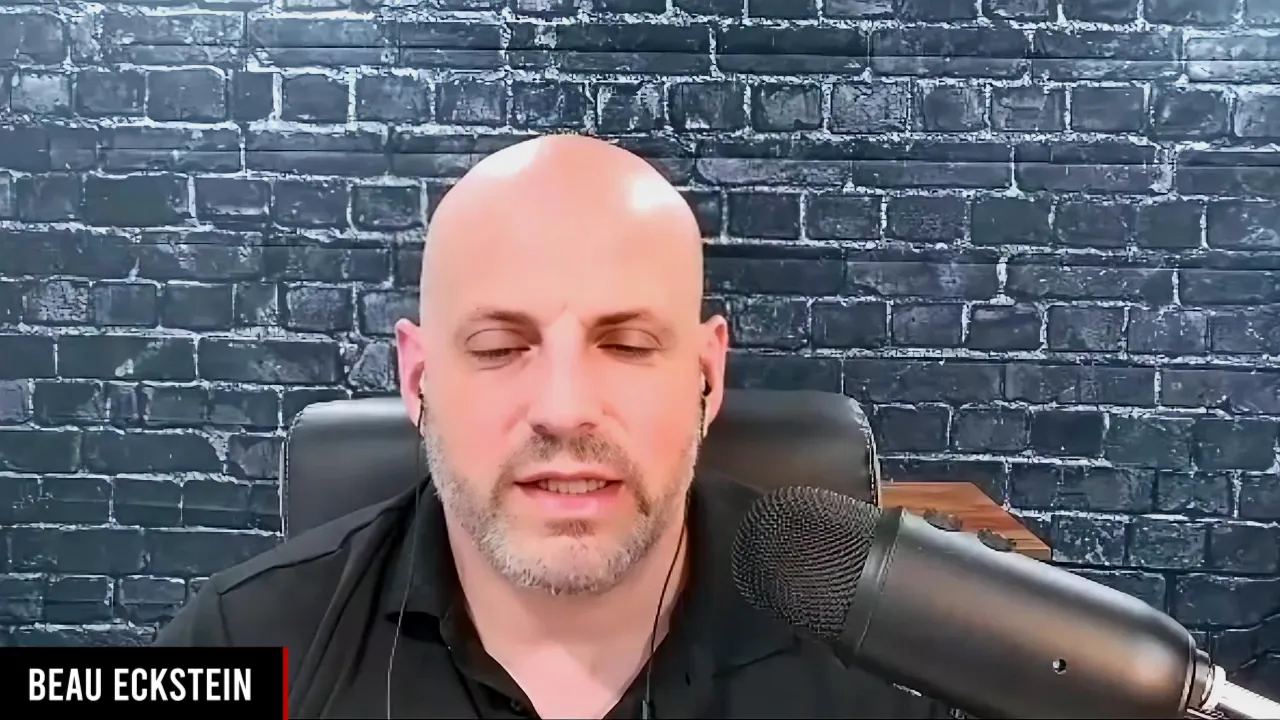When it comes to securing an SBA 7(a) loan, understanding the collateral requirements is crucial, especially for businesses with limited tangible assets. Many entrepreneurs find themselves in a quandary when they need financing but lack the physical assets to back their loan. This guide will break down the best practices for providing collateral, explore alternative financing options, and equip you with strategies to enhance your chances of approval.
Equity Injection Requirements
One of the primary requirements for an SBA 7(a) loan is the necessity for an equity injection. This means that lenders want to see that you have some “skin in the game.” For instance, if you're looking to finance a business acquisition with a total project cost of $1 million, you might be eligible for a loan of up to $900,000, provided the business cash flow supports the debt.
In this scenario, you would need to bring in $100,000 as your equity injection. Here’s where the concept of seller financing comes into play. If the seller is willing to carry back 75% of that amount for two years, this effectively counts as equity in the deal, allowing you to meet the SBA's collateral requirements without needing to put up additional tangible assets.

Seller Financing Strategy
Seller financing can be a game-changer. If the seller agrees to a full standby on the financing, meaning no payments are due for at least the first two years, this option not only eases your immediate financial burden but also strengthens your loan application. According to SBA guidelines, this arrangement allows the seller to leave equity in the deal, which is highly favorable.
This strategy is particularly beneficial for those who may not have sufficient cash flow or assets readily available. By negotiating favorable terms with the seller, you can significantly reduce the amount of cash you need to inject upfront.
Exploring Alternative Equity Sources
In addition to seller financing, there are several alternative sources of equity you might consider. For example, if you own rental properties, you could potentially obtain a home equity line of credit (HELOC) and use those funds for your equity injection. This is a practical solution that many entrepreneurs overlook.
Another option is to leverage equipment you already own. If you have significant machinery or tools, you can seek an asset-based loan, which uses these items as collateral. This way, you can access the necessary funds for your equity injection without needing to liquidate your assets.
Communicate with Your Banker
It’s essential to maintain open lines of communication with your banker throughout this process. Discuss your strategy and ensure they understand your financial situation and goals. This collaboration can help prevent issues during the underwriting process and ensure you're meeting all necessary requirements.
As you formulate your plan, consider all available resources. Whether it’s seller financing, equity lines from rental properties, or asset-based loans, having a well-rounded approach will strengthen your application.
Bringing in a Partner
If you're still finding it challenging to meet the equity injection requirement, consider bringing in a partner who owns less than 20% of the business. This partner can provide the necessary equity injection while also sharing the financial burden. It's a creative solution that can help you move forward without overextending yourself financially.
Final Thoughts
Securing an SBA 7(a) loan with limited tangible assets doesn't have to be a daunting task. By understanding the collateral requirements and exploring alternative financing options, you can position yourself for success. Whether it’s through seller financing, leveraging existing equity, or collaborating with a partner, there are multiple pathways to securing the funds you need.
If you’re looking to acquire a business and need guidance, consider booking a discovery call to strategize your approach. You can find more information at One moment, please…. Additionally, for more insights on SBA financing, creative business acquisition, and more, you can join the Business Ownership Academy.
Remember, the key to navigating the complexities of financing is to stay informed and be proactive. By employing these strategies, you're not just enhancing your chances of approval; you're setting yourself up for long-term success in your entrepreneurial journey.
For those actively seeking to acquire a business, don't miss out on the resources available to you. Visit franchisresall listings.com for a customized search and to get on a weekly distribution list that will keep you updated with new inventory right to your inbox. The journey of business acquisition is filled with opportunities, and with the right guidance, you can seize them.
Stay Informed and Engaged
Engagement doesn’t stop here. If you enjoyed the insights shared, consider subscribing to the channel for more content on financing. With over 20 years in the lending industry, I’m dedicated to providing valuable information that can help you make informed decisions. Your success is my priority, and I’m here to answer your questions and guide you through this process.
In conclusion, whether you're exploring seller financing, alternative equity sources, or strategic partnerships, remember that the landscape of business financing is vast. Equip yourself with knowledge, leverage available resources, and take action. Your entrepreneurial aspirations are within reach!
